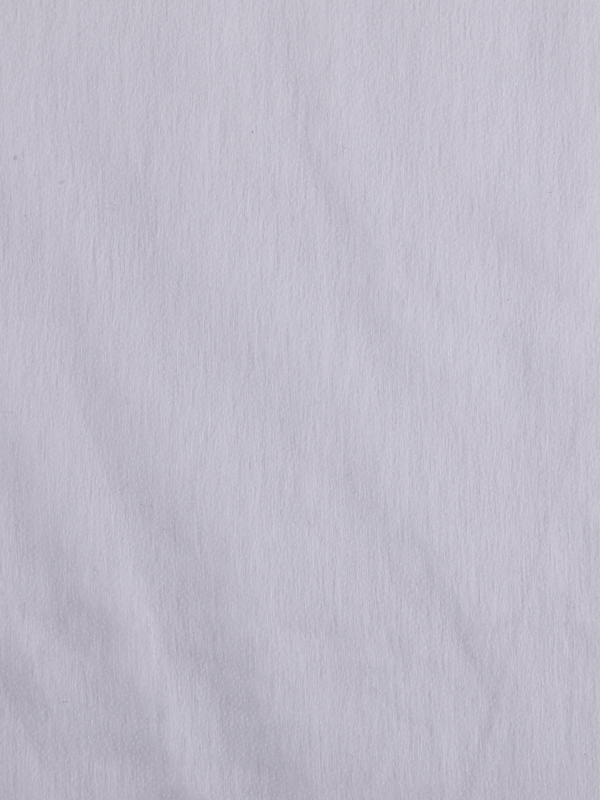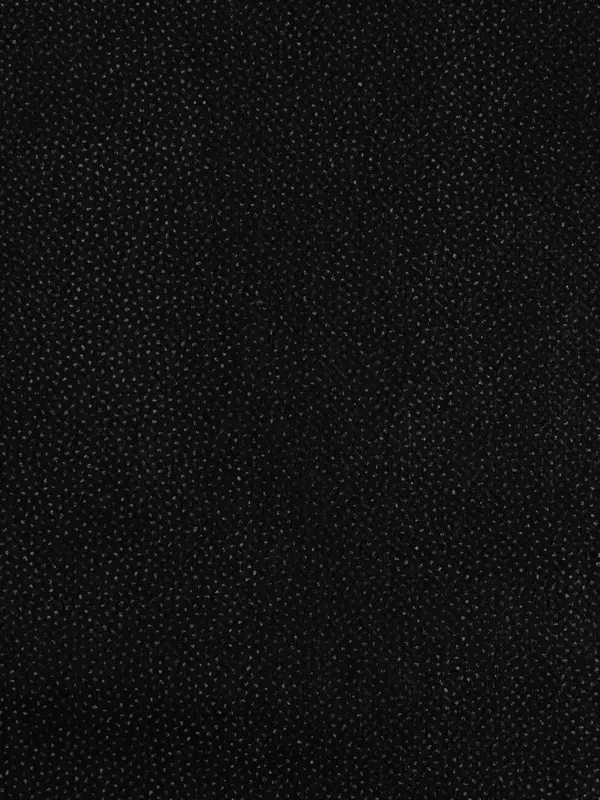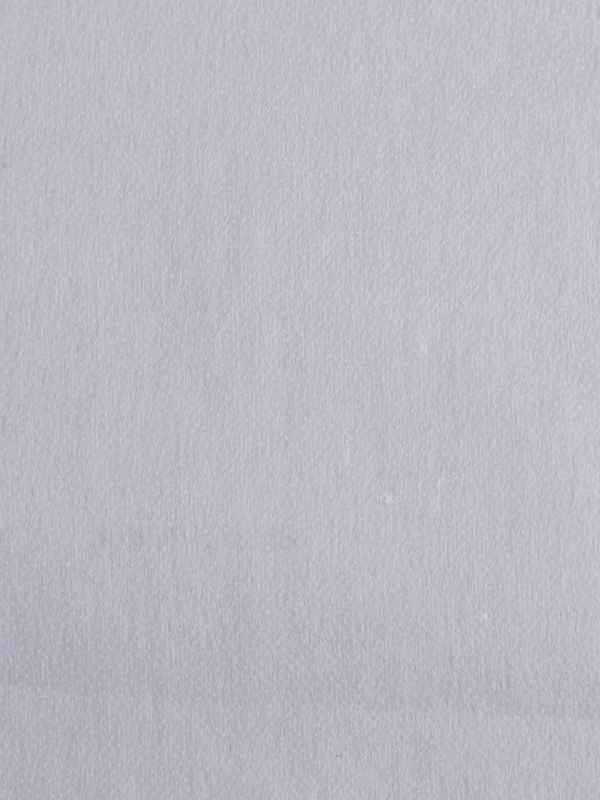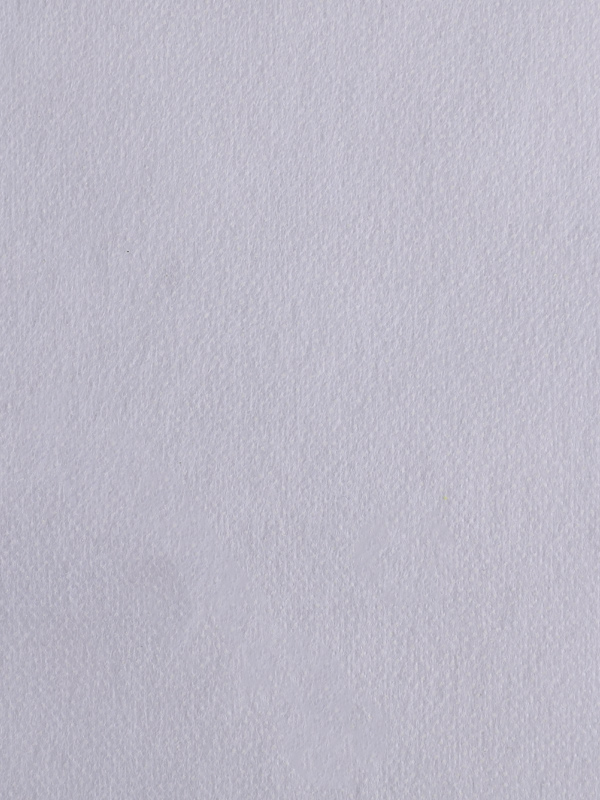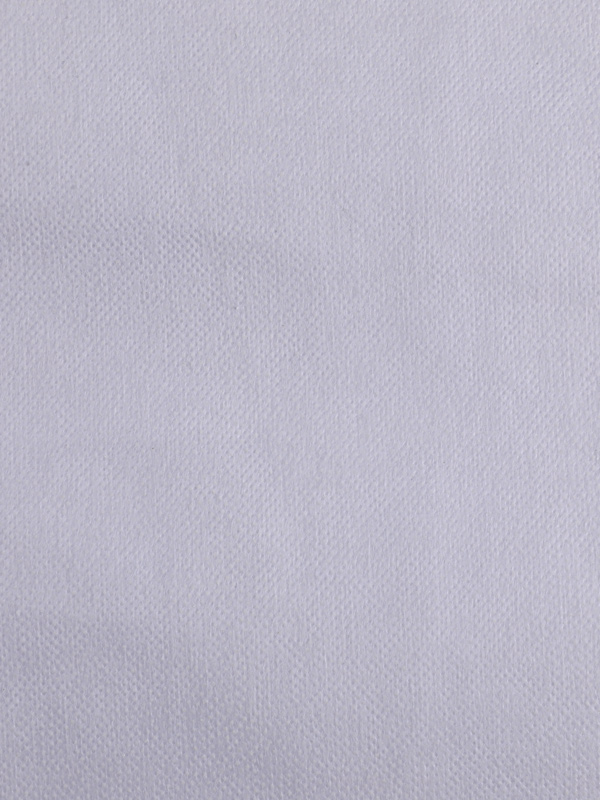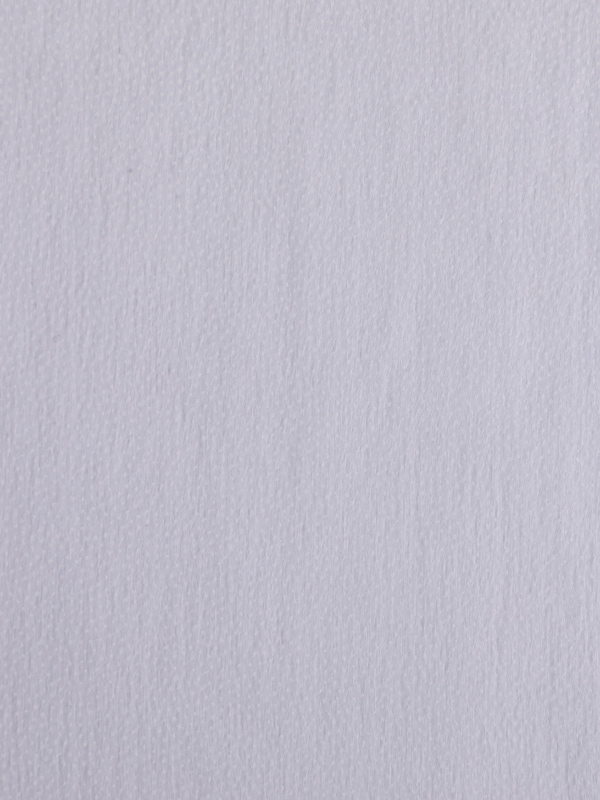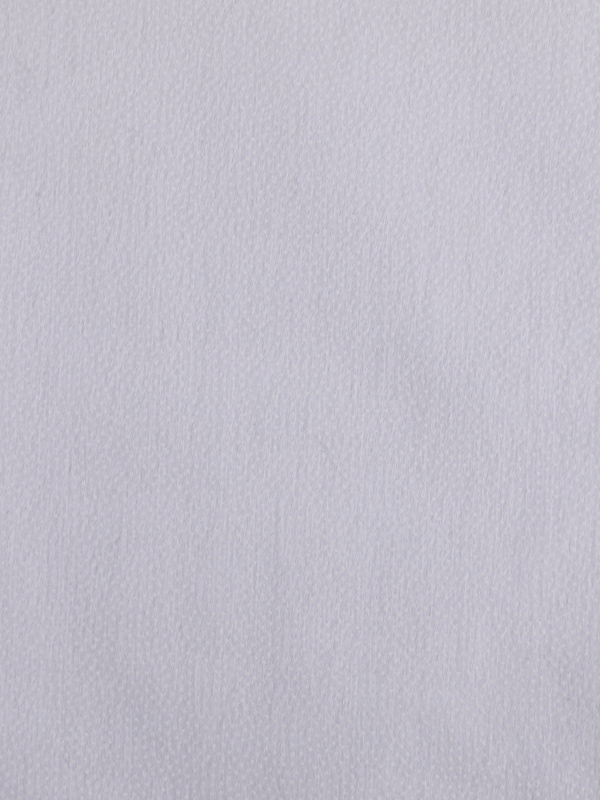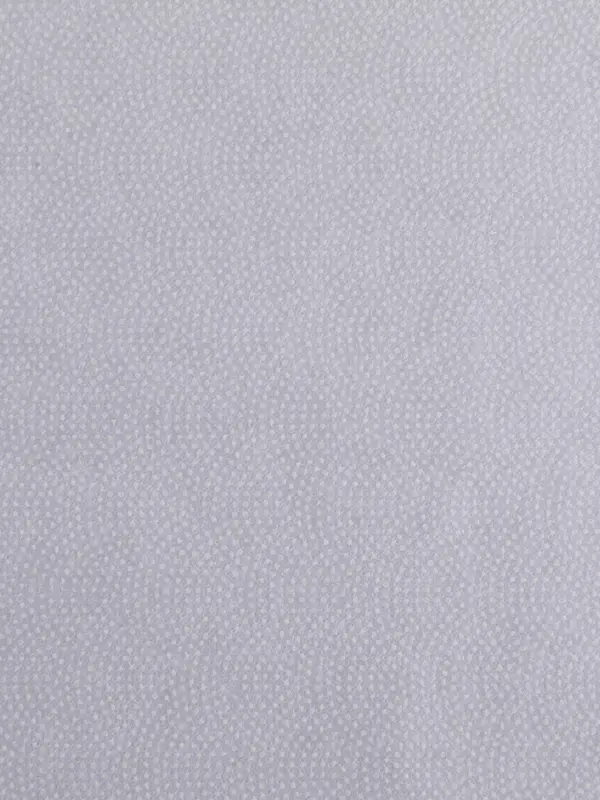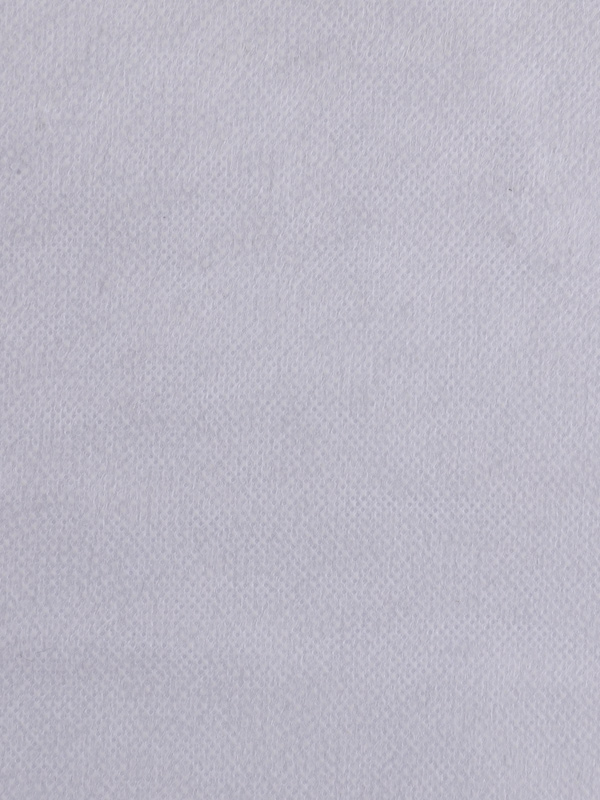During garment construction, an interlining is attached to the outer fabric. This is done to stabilize the outer shell and enhance the fall and finish of the garment. The interlining can be woven, knitted or even artificial fibres. In general, it is a thick layer of fibre that is used to give the garment added strength, insulation and comfort.
Interlinings can be used in a variety of different garment types, including shirts, suits, coats, cuffs, and even pants. They provide a smooth surface for sewing, prevent stretching, add extra strength and provide a firm base for an embroidered logo. In addition, they are also used to help garments withstand the wear and tear of the elements. In fact, they can provide extra stiffness and insulating properties, which can be particularly useful in winter garments.
Choosing the right interlining is important. The type of interlining you use can have a major effect on the overall look and durability of your garment. However, it is also important to consider the overall weight of the interfacing. If the weight of the interfacing is too heavy, it can add an unnatural look to the garment. Generally, you should use a lightweight, thin interlining for light to medium weight fabrics, while a medium weight or heavy weight interfacing can be used for heavier fabrics.
Fusible interlinings are commonly used in outer garments and shirts. They are attached to the garment using heat and pressure. The fusible interlining increases the durability and drape of the garment, while allowing a faster assembly time. Interlinings are also used to help reduce seam slippages and maintain a soft handle. Depending on the composition of the interlining, temperatures may need to be used to fuse the interlinings. Fusing can be done using steam or by discontinuous fusing. The fusing process should be done correctly before bulk production. Overfusing is also a problem and can cause delamination and bubbling.
Typically, the woven interlining is a lightweight fabric, but can also be made from 100% cotton. Most are made from a poly-cotton blend, which is combined with different warps to overcome the shrinkage problem often associated with cotton fabrics.
The fabric you choose should have a high quality finish. You should also choose a lining to match the fabric's color. Using an interlining that matches the fabric's color can prevent a color patch or strikethrough. Interlinings should also be at least 2mm shorter than the fabric.
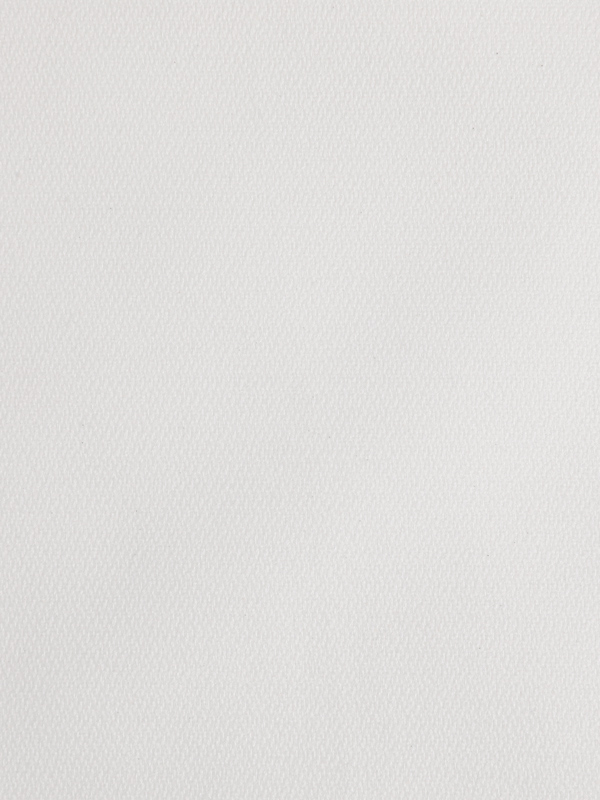
Product number: 731530
Composition :Polyester(100%)
Glue: PA/PES
Hand Feel :soft
Weight (range): Heavy
Weight(g/m²): 100-160
Width(cm) : 150
Color: White/Black

